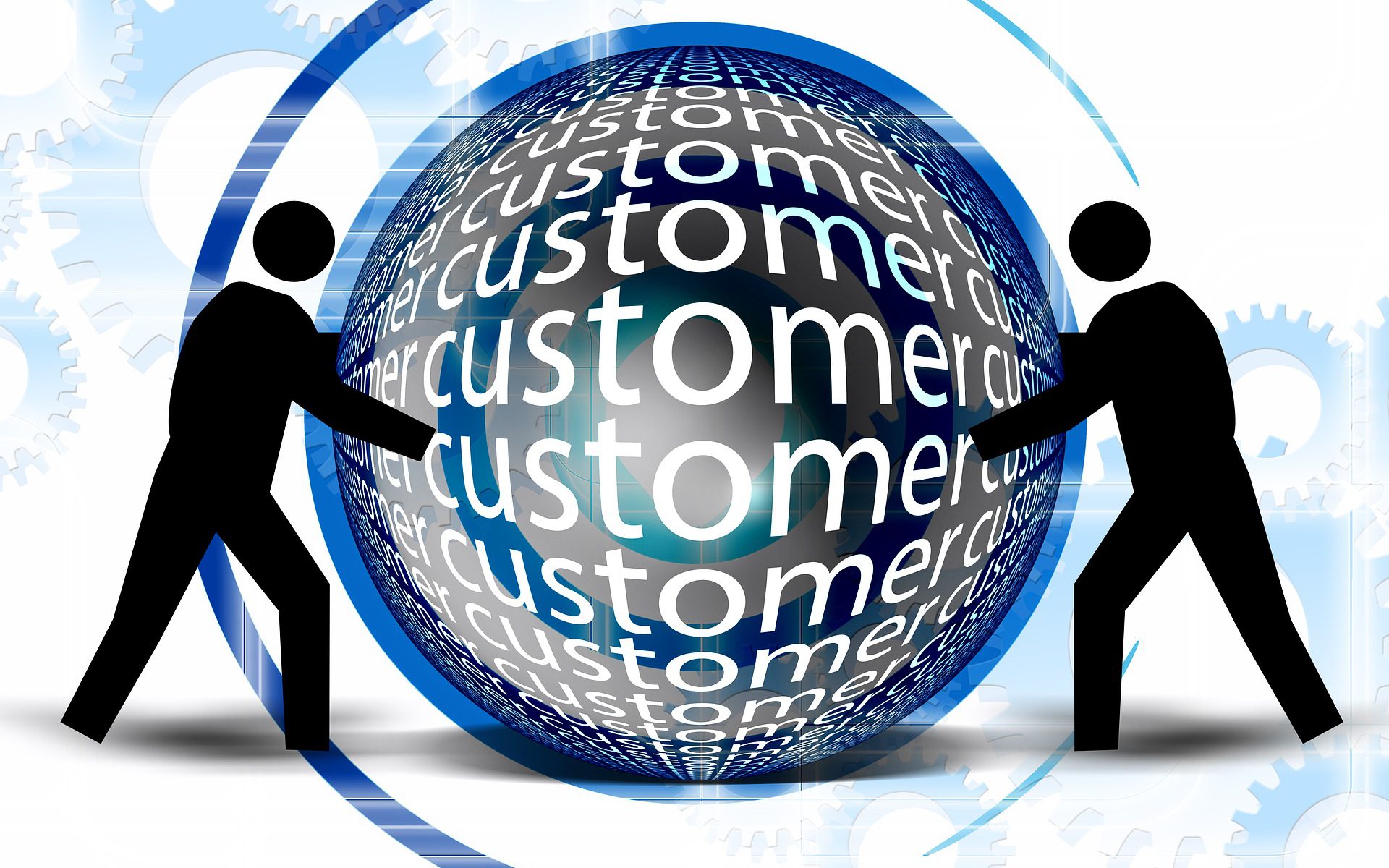Every time a company misses out on a marketing opportunity, competitors will try their best to seize the initiative. In order to win in a fiercely competitive environment, businesses must learn to look out for missed opportunities and seal the gaps in their marketing strategies.
Some of the most common missed opportunities are surprisingly simple but can have a huge impact in promoting businesses. It also shows that with a little bit of creativity and by being sensitive to our customers’ needs, we can create meaningful connections and make our products and services closer to them.
How Businesses Are Taking Advantage of Customer Data
Businesses that’s been around for quite some time have the advantage of being able to track customer activity and see the whole picture of what’s really going on with their sales and marketing strategy. This enables them to map out their next strategy based on current trends and make some slight adjustments for future customer engagements.
Customer data allows businesses to identify their weak spots, i.e. missed opportunities, and use that information to gain the advantage in the marketplace. Most of these marketing opportunities are fairly common but has the potential of improving sales significantly.
Startup companies can also take advantage of big data from another source such as Google Analytics and Adwords along with other free data tracking tools. But to really understand and appreciate customer data for marketing solutions, a good CRM service or application should be in place.
Practical Marketing Solutions
Missed marketing opportunities are essentially like blind spots; they’ve been there all along but we can’t see them through our peripheral vision. Marketers can get too overwhelmed with the numbers that they often overlook even the most basic, yet very effective marketing strategies that stood the test of time.
These marketing opportunities include:
Although not generally regarded as a primary marketing tool, it could still contribute to your overall marketing efforts as much as 20 percent.
Timing is key here. On average, it would only take three to five hours for a status update or post to reach peak activity, followed by a steady decline in viewer’s interest. Peak hours will differ from country to country and marketers will have to experiment different posting times.
The old practice of buying ‘likes’, ‘fans’, and ‘followers’ had already lost its popularity, and social media marketers are now re-focusing their efforts in sharing timely and relevant information, upcoming events, contests, collecting data from fans and followers, and extending their reach through multi-channel marketing.
- Cross-selling & Upselling
This strategy is usually practiced during the final stages of the buyer’s journey in the sales pipeline or during follow-ups with regular customers. This allows you to get an additional 10 to 30 percent increase in revenue.
It opens up more options for buyers and potential customers, especially those related to their purchase which they have missed or left out unintentionally.
For instance, you’re running a carpet business and your clients have shown interest in buying one of your carpets. You may suggest buying a carpet cleaner along with the carpets to save more money on carpet cleaning services (cross-selling).
Another example is when doing B2B like providing office supplies to a certain company. You can suggest personalizing some items (pens, notepads, etc.) with their company logo or brand name at just a fraction of the cost (upselling).
- Maintaining Customer Loyalty
Customer retention allows your company to save 5 to 10 times in marketing expenses than having to look for new customers every now and then. In fact, existing customers account for 65 percent of the company’s income.
Businesses are now stepping up on improving customer retention and are starting to cut down on advertising expenses and promotional ventures. More emphasis is now given to customer loyalty since they are less expensive to maintain and has the potential of producing leveraged income through customer referrals.
To achieve this, they also need to increase their marketing capabilities through marketing automation to cope up with the growing number of customers.
- Mobile Marketing
Recent statistics reveals that as of 2016, mobile users have grown to 4.61 billion. That’s more than half of the world’s total population. Missing out on this one meant giving away a large portion of potential customers to your competitors.
Mobile marketing has already been employed by a lot of companies successfully to promote their brand, collect customer information, and maintain customer relationship.
One great example is through their use of free mobile applications on mobile platforms such as Google Play and iTunes which allows companies to collect important relevant information about the mobile users.
Businesses can also employ this strategy for mobile CRMs to link up with their customers and prospects on the go. Another advantage of mobile marketing is that it gives them the ability to send push messages and notifications which is a common feature in most modern mobile devices.
- Improving the Company’s Visibility
Aside from improving a website’s visibility, some of the ‘old-school’ marketing strategies are still as effective as today’s modern marketing approach.
This is especially true with brand awareness. However, instead of spending hundreds of dollars on posters, print ads, and billboards, you can give little items with your personalized logo, brand name, or website as giveaways to your loyal customers and on-site visitors.
Things like pens, golf pencils, umbrellas, wristbands, caps, t-shirts, and other memorabilia are inexpensive yet effective marketing tools which can be used to promote your business. It doesn’t cost too much, but you’ll be surprised how even simple things like these can help endear your customers to your business.
Other ideas include coasters and tent cards if you’re into local restaurant business, or perhaps giving a mint or two with your personalized packaging as a way of saying ‘Thank you,’ to your valued customers.
It only takes a little bit of creativity and keeping your eyes open on the most recent marketing ideas and tools to stay ahead of the competition. The key is to never stop looking for more opportunities, because if you do, your competitors will do their best to catch up on you.
It pays to remember one important rule in life as it is with business: “In life there is no security; there’s only opportunity.”





